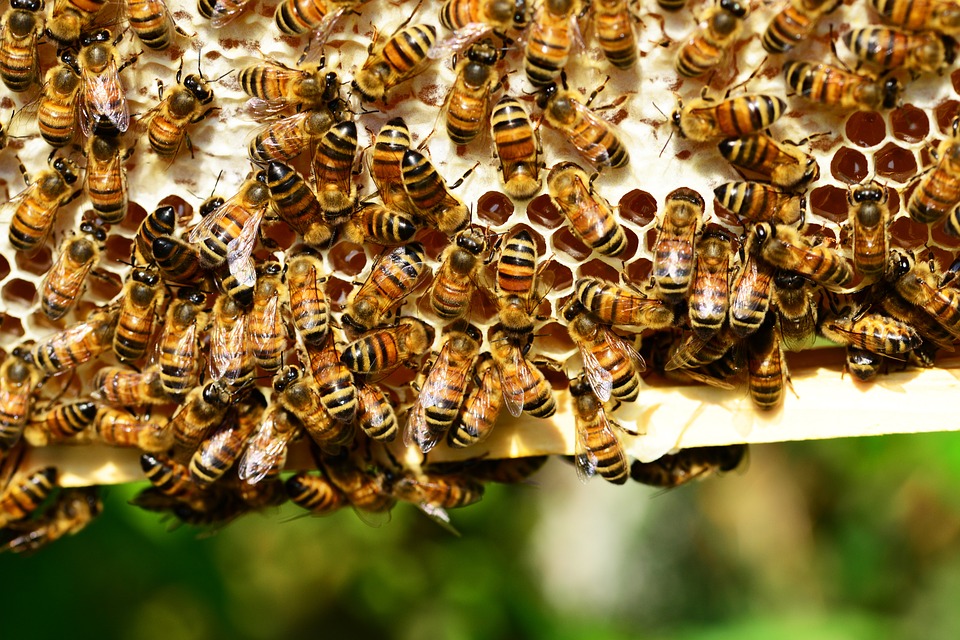
UN Science Report Warns of Fewer Bees, Other Pollinators
WASHINGTON — Many species of wild bees, butterflies and other critters that pollinate plants are shrinking toward extinction, and the world needs to do something about it before our food supply suffers, a new United Nations scientific mega-report warns.
The 20,000 or so species of pollinators are key to hundreds of billions of dollars' worth of crops each year — from fruits and vegetables to coffee and chocolate. Yet 2 out of 5 species of invertebrate pollinators, such as bees and butterflies, are on the path toward extinction, said the first-of-its-kind report. Pollinators with backbones, such as hummingbirds and bats, are only slightly better off, with 1 in 6 species facing extinction.
February 26, 2016 | Source: Associtated Press | by Seth Borenstein
WASHINGTON (AP) — Many species of wild bees, butterflies and other critters that pollinate plants are shrinking toward extinction, and the world needs to do something about it before our food supply suffers, a new United Nations scientific mega-report warns.
The 20,000 or so species of pollinators are key to hundreds of billions of dollars’ worth of crops each year — from fruits and vegetables to coffee and chocolate. Yet 2 out of 5 species of invertebrate pollinators, such as bees and butterflies, are on the path toward extinction, said the first-of-its-kind report. Pollinators with backbones, such as hummingbirds and bats, are only slightly better off, with 1 in 6 species facing extinction.
“We are in a period of decline and there are going to be increasing consequences,” said report lead author Simon Potts, director of the Centre for Agri-Environmental Research at the University of Reading in England.
And it’s not just honeybees. In some aspects they’re doing better than many of their wild counterparts, like the bumblebee, despite dramatic long-term declines in the United States and a mysterious disorder that has waned.
The trouble is the report can’t point to a single villain. Among the culprits: the way farming has changed so there’s not enough diversity and wild flowers for pollinators to use as food; pesticide use, including a controversial one, neonicotinoid, that attacks the nervous system; habitat loss to cities; disease, parasites and pathogens; and global warming.
The report is the result of more than two years of work by scientists across the globe who got together under several different U.N. agencies to come up with an assessment of Earth’s biodiversity, starting with the pollinators. It’s an effort similar to what the United Nations has done with global warming, putting together an encyclopedic report to tell world leaders what’s happening and give them options for what can be done.
The report, which draws from many scientific studies but no new research, was approved by a congress of 124 nations meeting in Kuala Lumpur on Friday.
“The variety and multiplicity of threats to pollinators and pollination generate risks to people and livelihoods,” the report stated. “These risks are largely driven by changes in land cover and agricultural management systems, including pesticide use.”
But these are problems that can be fixed, and unlike global warming, the solutions don’t require countries to agree on global action — they can act locally, said Robert Watson, a top British ecological scientist and vice chairman of the scientific panel. The solutions offered mostly involve changing the way land and farming is managed.
